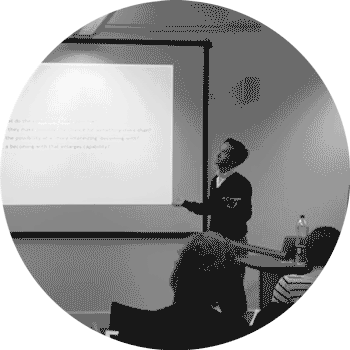Anab Jain very kindly asked me to contribute a short piece to the programme for the Vienna art, design, and architecture biennale.
SAVE THE DATE 11June 6pm Opening VIENNA BIENNALE 2015: IDEAS FOR CHANGE https://t.co/TWZntdYWBX pic.twitter.com/061HYLrT6D
— VIENNA BIENNALE (@VieBiennale) April 22, 2015
… the Biennale sets the developments in robotics and AI against the future of work and labour. I’ve used this as an invitation to consider two ‘modes’ of capability:
When it comes to judging the capacities of humans and nonhumans, we are drawn to two modes of existence. In one mode, we are compelled to see capability as residing within an actor, as an intrinsic quality of their being. A favourite determinant is the brain-weight to body-weight ratio; another is genetic predisposition. We have devised all manner of tests to isolate human and nonhuman capacities: IQ tests, rats mazes and Turing tests among them. Naturally, humans come out on top using most counts.
In the second mode, we observe actors excel in their achievements. We allow ourselves to be surprised and delighted by exhibitions of capacity that exceed our expectations (and that contravene the first mode in so many ways). To find evidence of this mode, one need only turn to that vast repository of record and observation, YouTube, and witness the viewing numbers for titles like “species [x] and species [y] playing together”, “species [x] and species [y] unlikely friends”, and so on. As these titles suggest, capability is often recognised here as accomplished with others—with other objects, other actors, other critters.
Speculating on human capacities—on what humans might be capable of and how they might work in the future—I find myself asking, as the animal studies scholar Vinciane Despret does, which of these modes is ‘more interesting’ and which ‘makes more interesting’. Which of these modes invites us to speculate on new fabulations of actors of all kinds, of actors becoming-with each other, of becoming other-than-humanly-capable, of becoming more capable?
I am taken by the mode that views capability as collectively achieved and that invites those conditions that enlarge capacities through on-going interminglings. The future of work, through this mode, will be dictated not by the limits of being human, but by how we might best attune ourselves with others, how we might become more capable together.

